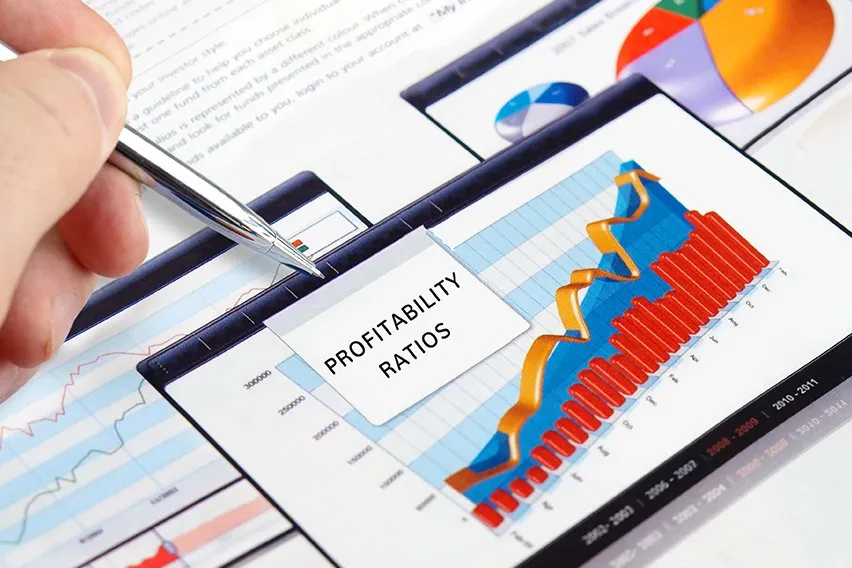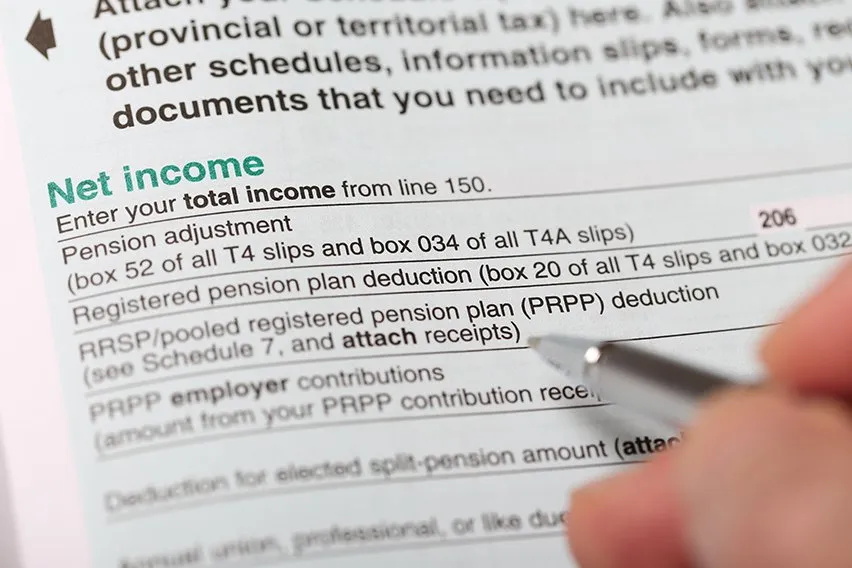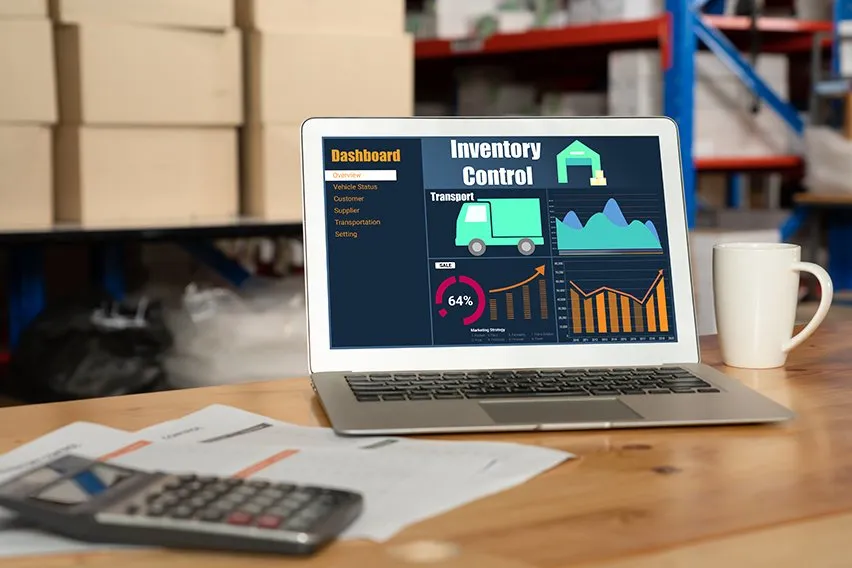What Is a Weighted Decision Matrix & How Do You Use It?

As the owner of any sized business, you’ll have a fair share of decisions to make.
Different people will swear by different methods when it comes to making complex decisions. Some make a pros and cons list, some ask friends and family for advice and some let the fates decide and simply flip a coin.
Depending on the person, making a big decision can be hard. Even once you’ve made the decision, it isn’t always the right one.
In business, big decisions can have a direct impact on your bottom line and the future of your company. It can never be as simple as a straightforward pros and cons list, as there are a number of factors of varying importance that need to be considered.
But what if there was a way to make an important decision and base it on the cold, hard facts?
That’s where a decision matrix can come in handy. A weighted decision matrix is arguably the best way to make important and complex decisions.
But what exactly is a decision matrix? And how can you use it to help your business?
We’ll take a closer look at all of this and more.
Here’s What We’ll Cover:
What Is a Weighted Decision Matrix?
When Should You Use a Decision Matrix?
What Is the Difference Between a Weighted Decision Matrix and an Unweighted Decision Matrix?
How Do You Create a Weighted Decision Matrix?
How Can You Best Optimise Your Decision Matrix?
What Is a Weighted Decision Matrix?
The weighted decision matrix is a powerful quantitative technique that can be used to evaluate a set of choices against a set of criteria.
It’s an exceptionally useful tool that can come into play when you have to choose the best option and need to carefully consider a wide range of criteria.
A decision matrix allows a clear structure that enables you to remove emotion and guesswork from the decision process. This in turn enables rational and objective decision-making.
The matrix also allows you to reference your decisions in discussions, meetings or presentations.
This is especially useful when you are required to justify your decision.
A weighted decision matrix is also known as the prioritization matrix, or a weighted scoring model.

When Should You Use a Decision Matrix?
The decision matrix is an extremely useful tool that is suitable for a number of different scenarios. It is specifically useful when you have to make a decision that has:
- Many choices such as different features, projects and campaigns.
- Multiple decision criteria that have to be taken into consideration. This could be things such as costs, risk and customer value.
- Similar or varying levels of importance. The higher the importance and number of varying factors, the more useful a decision matrix can be.
What Is the Difference Between a Weighted Decision Matrix and an Unweighted Decision Matrix?
The difference between a weighted and unweighted decision matrix is relatively straightforward.
An unweighted decision matrix assumes that all of the qualifying criteria hold the same importance. Whereas a weighted decision matrix applies different weights to each set of criteria.
So for example, let’s say you are making a decision on whether or not you should discontinue a line of product. The criteria you have in front of you are:
- Price
- Popularity
- Profit
An unweighted decision matrix would assume that each three of these criteria carries the same weight. They should therefore be considered equal.
However, a weighted decision matrix would place a value on each of the criteria which could sway the decision either way.
Let’s say that you decide that profit is the most important and popularity is the least important. Then your decision can be swayed if price is the sticking point.
How Do You Create a Weighted Decision Matrix?
Here’s a formula to follow if you’re interested in creating a weighted decision matrix.
For the sake of this example, let’s say that you are running a bakery and trying to figure out which product your team should develop next.
1. List Your Choices
When creating a weighted decision matrix, it’s best formatted as a table with rows and columns.
Start by listing all of your decision choices as rows. These rows will form the foundation of your weighted decision matrix.
For this example we’ll say that the three products are three new types of cake:
- Red Velvet
- Carrot Cake
- Victoria Sponge
2. Determine the Influencing Criteria
Figure out what criteria may affect the decision. For example you could consider factors such as business value, price and effort.
When you’ve decided on your criteria, list them as columns.
3. Give Each Criteria a Rating
You should then rate each of the criteria that you decided upon. To do this, try using a number to assess their importance and the impact they have upon your decision.
You should establish a clear and consistent rating scale for each one. For example, you may number them 1-5 where 1 is the least important and 5 is the most important. However you decide to create your rating system, make sure that the higher values represent the more preferable option.
4. Rate Each Choice for Each Criteria
The next step is to evaluate each of your different choices against the criteria that you’ve set out. Use the same rating system you used for the criteria.
For example, if making a Victoria Sponge has a great price point then give it a 5. If the Red Velvet has higher costs then you’d perhaps give it a 3.
Keep in mind that the value for each choice doesn’t need to be different. Equal weighting is perfectly acceptable.
5. Calculate the Weighted Score
Multiply each of your choice ratings by their corresponding weight value.
So for example, if you’ve rated Price as a 5, and Victoria Sponge has a Price Value of 5, then the calculation would be: 5 x 5 = 25.
6. Calculate the Total Scores
Repeat the above step for each section until you have a total score for each product choice.
7. Make Your Decision
Once you have your total scores, you should have a choice with the highest score. Typically, this choice would then be the one you would decide to prioritize.
|
Business Value |
Price |
Effort |
Total Score | |
|
Weight |
5 |
2 |
3 | |
|
Red Velvet |
5 x 3 = 15 |
2 x 3 = 6 |
3 x 4 = 12 |
15 + 6 + 12 = 33 |
|
Carrot Cake |
5 x 5 = 25 |
2 x 2 = 4 |
3 x 2 = 6 |
25 + 4 + 6 = 35 |
|
Victoria Sponge |
5 x 1 = 5 |
2 x 5 = 10 |
3 x 4 = 12 |
5 + 10 + 12 = 27 |
So if we were to go by the above metrics, then the best choice would be Carrot Cake with a total score of 35.

How Can You Best Optimise Your Decision Matrix?
Before you start on your decision matrix, make sure that you’ve optimized it to help you avoid any common pitfalls. Here are some tips that can help you get started:
Make Sure Your Matrix Is up to Date
Things move fast in the business world. What can be important one day can be unimportant the next. So keep an eye out for changes either externally or internally and update your matrix regularly. This will help you to keep your priorities up to date.
Remove All Unnecessary Choices
Try and limit your criteria and your choices to what you believe are the absolute essentials.
You should start by identifying what sort of attributes you think that a successful decision requires. This way you can quickly and easily eliminate all unnecessary options that will only serve to clutter your decision-making.
Rate Each Set of Criteria Separately
When you’re considering your set of criteria, you should ignore all other options. This will help you to make an objective decision by putting these simple sets of criteria into perspective.
This will also help you to make a more unbiased decision when it comes to the score by treating each criterion separately from the others.
Key Takeaways
The weighted decision matrix is a great business tool that allows you to make unemotional and calculated decisions. They are also a great way to communicate and justify any decisions that come from your matrix.
Utilizing a weighted decision matrix can help add a whole new angle to your strategic planning process. It’s a great way for teams to make decisions which may have created conflict in the past.
Are you looking for more business advice on everything from starting a new business to new business practices?
Then check out the FreshBooks Resource Hub.
RELATED ARTICLES

 Profitability Ratios: Definition & Types
Profitability Ratios: Definition & Types What Is Retroactive Pay?
What Is Retroactive Pay? What is the Cost Principle? Definition & Meaning
What is the Cost Principle? Definition & Meaning How to Calculate Net Income: Examples & Formula
How to Calculate Net Income: Examples & Formula What Are Pricing Strategies & 8 Common Strategies for Business
What Are Pricing Strategies & 8 Common Strategies for Business What Is Inventory Management? A Guide to Techniques & Methods
What Is Inventory Management? A Guide to Techniques & Methods